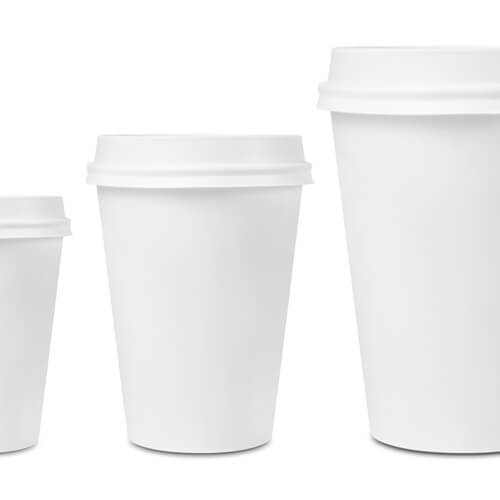Edible tableware: The future requires eating your cups
College students, and likely culinary arts program students, across America will soon find a new product to use for their drinking games. Loliware, a new “biodegr(edible)” company founded by Chelsea Briganti and Leigh Ann Tucker, is trying to reinvent the cup. Briganti noted that plastic cups are disposed of at such a rate that over half a billion are tossed into landfills each year. She and Tucker hope that their new company will help eliminate this problem while also offering a cool drinking cup alternative for the youth.
Sweet drinks
Loliware sells cups that are made from a seaweed-based gel called agar, which is then flavored to mimic lollipops. Not only are the cups edible, but they are biodegradable to the point that when placed under hot water, the cups disintegrate. Loliware currently comes in pink grapefruit and yuzu (a citrus flavor). The flavors are designed to complement the cocktails that will be poured inside the Loliware, with cocktail drinkers as the largest target consumer. Targeting those who drink alcohol may offer the company only a small market. With the flavors of the cups meant to be served in combination with a drink, they should work well in clever cocktail lounges, but may not be the best vehicle for other liquids. Brigante and Tucker are looking to cause any change, no matter how small.
“Billions of plastic cups are entering the landfill every year,” Briganti explained to the Guardian. “If Loliware replaces even a small percentage, that would have far-reaching impact.”
Loliware is currently raising funds for its venture, hoping to expand its reaches in the coming years. For now though, a set of four cups costs $12, and they are packaged in non-biodegradable material. The company hopes to change this when biodegradable material is more easily made.
Edible company
Other companies have attempted to create edible tableware in the past, but most have had little success in larger markets. Over a decade ago, the Australian company Plantic developed plastic tableware made from corn starch. The plates were meant to be edible, but the taste was less than palatable. In 2012, Pepceuticals began a venture to make edible coating for meat with a £1.3 million grant from the British government. They have yet to release a product. Two other ventures are attempting to make edible food containers, but mass production is not quite feasible. Ooho! makes edible water bottles using the culinary process of spherification, and David Edwards, a bioengineer at Harvard University, makes edible membranes for gazpachos and wines. It is hard to know which, if any of these companies will succeed, but the future appears edible.


